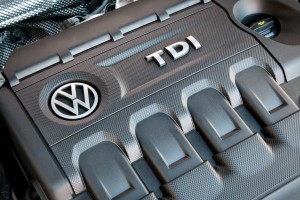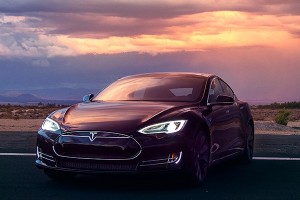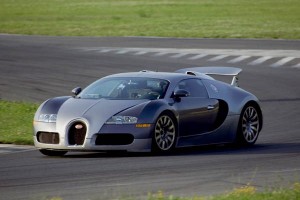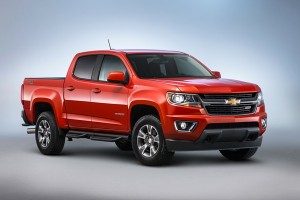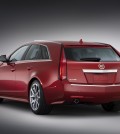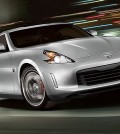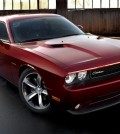Hyundai Working On A Dedicated Fuel Cell Vehicle
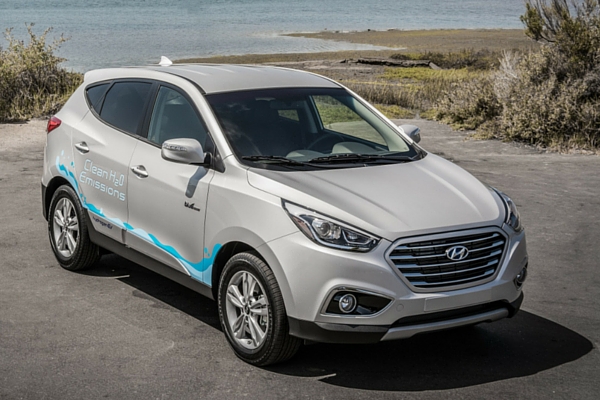 Hyundai Tucson Fuel Cell (Credit: Hyundai)
Hyundai Tucson Fuel Cell (Credit: Hyundai)Alternative fuels are hot right now, and Hyundai is looking to stoke the fires even more with a dedicated fuel cell vehicle. Last year it tested out the technology by leasing around 100 Tucson Fuel Cell crossovers in California.
» Related: Hyundai Details the Upcoming Ioniq Hybrid
The feedback from that trial must have been positive enough to spur the company forward. Apparently sister brand Kia is doing the same thing.
During an interview with Autocar, Kia’s head of fuel-cell research Sae-Hoon Kim, revealed some interesting information. One of the most important facts is that Hyundai is shooting for a 400-mile range, which would give it an advantage over competitors, including electric vehicles. He also claimed the top speed will be 110 mph, making it a practical way to get around in the real world.
Details are scarce. Kim dodged the question about what kind of vehicle Hyundai and Kia are working on, but it’s presumed to be a crossover of some sort. Some pretty big innovations will need to be used to achieve the kind of efficiency Hyundai is shooting for, which should include a combination of refining the aerodynamics, the electric motor(s) and the fuel cells.
A crossover would also allow Hyundai to take care of the immense cooling needs fuel-cell vehicles have, without turning to the ugly solution Toyota used for the Mirai.
Some are speculating that the new Hyundai will need to have larger hydrogen tanks to go 400 miles between fill-ups. That would support the theory that it will be a crossover, which would by nature provide more space for them than the Toyota Mirai or Honda Clarity Fuel Cell.
Rather than stick to one technology, Hyundai is taking the same route as Honda. It will not only be developing fuel-cell vehicles, but will be hard at work on creating EVs for consumers.
This mysterious dedicated Hyundai fuel-cell model is supposed to come around by the year 2020. That’s not too far off, considering how big of a leap forward the vehicle will be for this fledgling technology.
